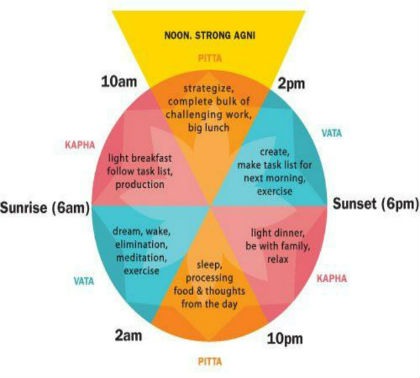- Ritu means Season and Charya means discipline or following.
- Seasons and environment affect our health as like food.
- Doshas changes according to season
- Ayurveda recommend diet and lifestyle pattern throughout the year.
- Seasons are based according to the movement of sun.
A] UTTARAYAN- Sun moves towards North, Sunrays and wind are very hot and dry moisture rapid.
B] DAKSHINAYAN- Sun Moves towards the South, Sunrays and wind are neither hot nor dry.
Due to environment, food and medicinal preparation acquire smoothness increase physical strength in our body.
- VARSHA :- Mid July – Mid September (Rainy)
- SHARAD :- Mid September – Mid November (Autumn)
- HEMANT :- Mid November – Mid January (winter)
- SHISHIR:- Mid January – Mid March (Late Winter)
- VASANT :-Mid March – Mid May (Spring)
- GRISHM :- Mid May – Mid July (Summer)


